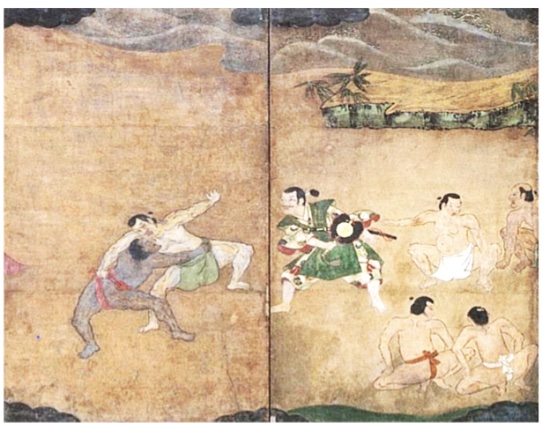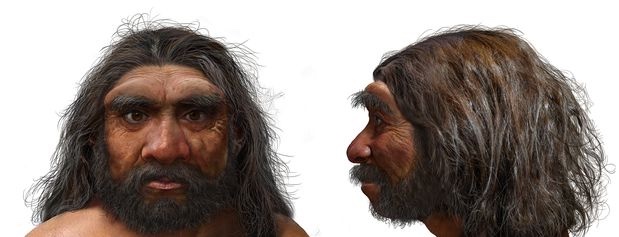China's Japan
According to this website of stars with the surname Chu 楚, Sara Chu was born in Japan, China:
Chǔ Jǐn (Sara Chu), shēngrì: 1974 nián 10 yuè 29 rì (xīngqí'èr), chūshēng dì: Zhōngguó Rìběn, xīngzuò: Tiānxiēzuò
楚谨(Sara Chu),生日:1974年10月29日(星期二),出生地: 中国日本,星座:天蝎座
Chu Jin (Sara Chu), birthday: October 29, 1974 (Tuesday), place of birth: Japan, China, constellation: Scorpio
I've never heard of Sara Chu, and I've never heard of a place in China called "Japan", but it's possible that I missed both of them.
Read the rest of this entry »

